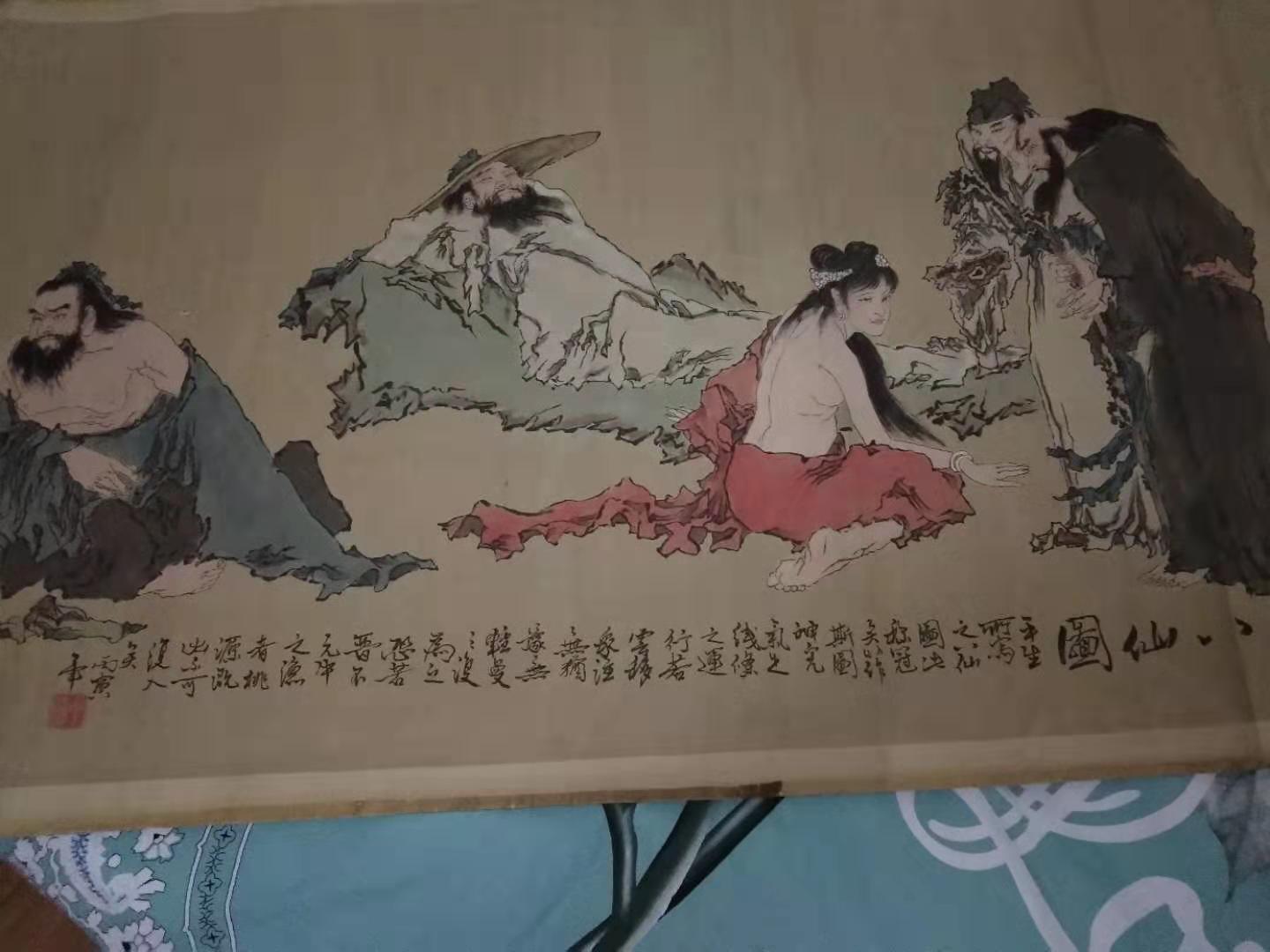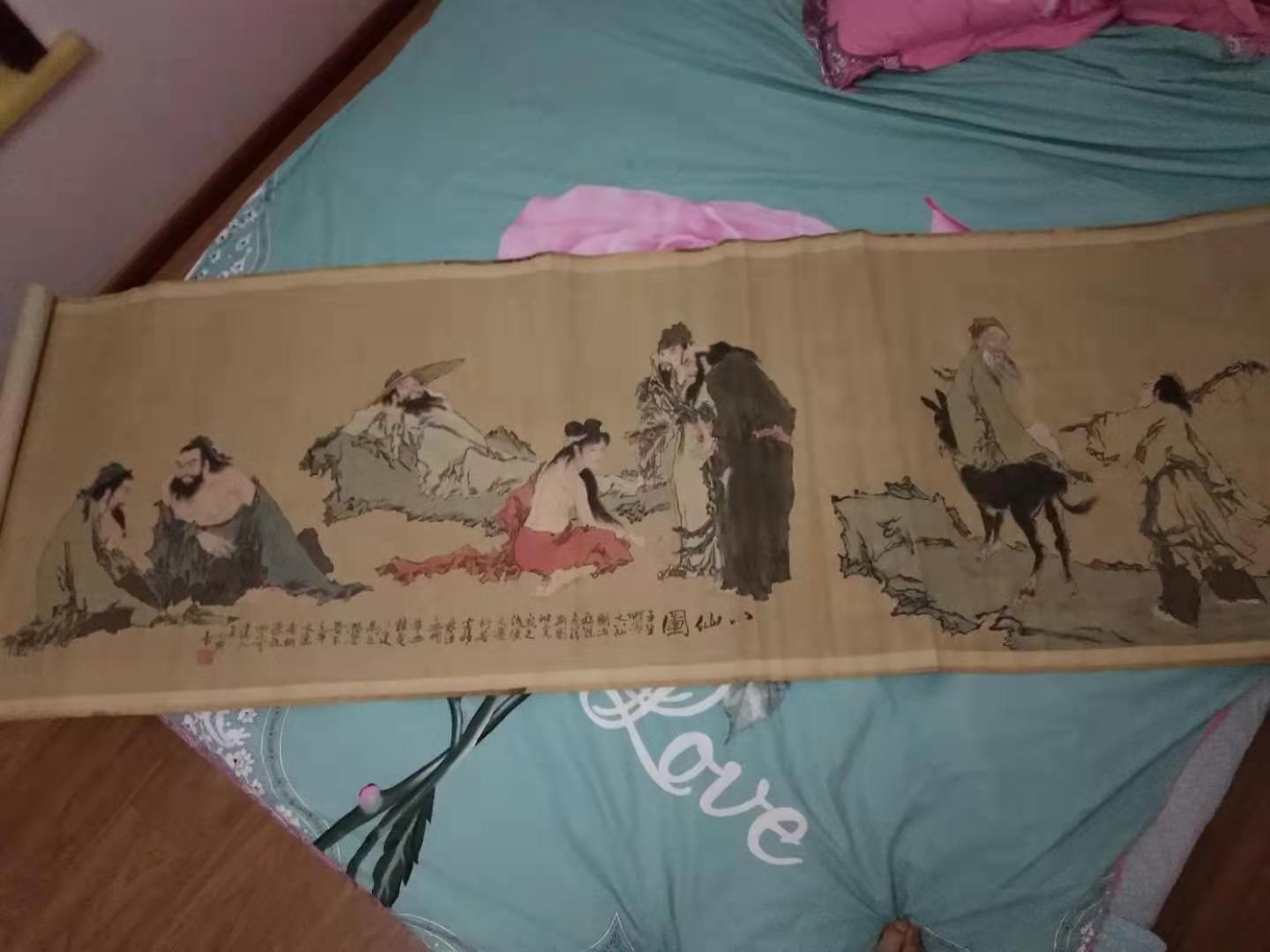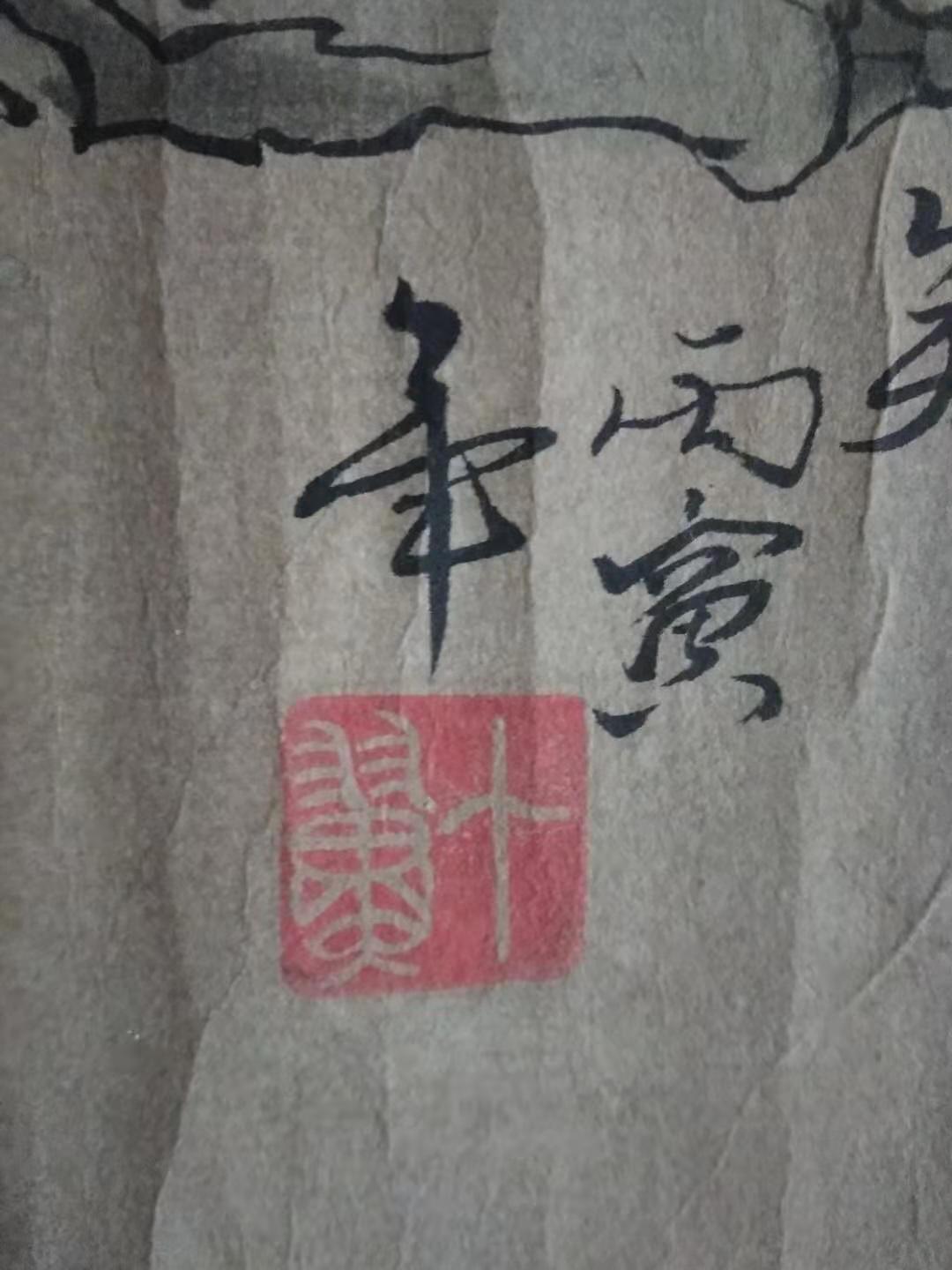
范曾(1938.7.5-),字十翼,别署抱冲斋主,江苏南通人,中国当代大儒、思想家、国学大师、书画巨匠、文学家、诗人。现为北京大学中国画法研究院院长、讲席教授,中国艺术研究院终身研究员,南开大学、南通大学惟一终身教授,联合国教科文组织“多元文化特别顾问”,英国格拉斯哥大学名誉文学博士,加拿大阿尔伯塔大学荣誉文学博士。是当代中国集诗书画、文史哲、儒释道于一身的文化大家,平生著作等身,已出版一百六十余种诗、书画、哲学之著述,国家图书馆珍藏其中119种。 范曾提倡“回归古典、回归自然”,身体力行“以诗为魂、以书为骨”的美学原则,对中国画的发展厥功至钜,开创了“新古典主义”艺术的先河。1984年,日本冈山范曾美术馆建立;1986年,捐建并主持南开大学东方艺术系;2008年,南通大学范曾艺术馆揭牌;2011年,荣获中华艺文奖终身成就奖。有二十四字自评:痴于绘画,能书;偶为辞章,颇抒己怀;好读书史,略通古今之变。
Fan Zeng (1938.7.5-), with ten characters, is a native of Nantong, Jiangsu Province, a contemporary Confucian, a thinker, a master of Chinese culture, a master of calligraphy and painting, a writer and a poet. He is currently the dean and lecturer of the Chinese Painting Academy of Peking University, the lifelong researcher of the Chinese Academy of Arts, the only lifelong professor of Nankai University and Nantong University, the "Special Adviser on Multiculturalism" of UNESCO, the honorary doctor of literature of the University of Glasgow in the United Kingdom, and the honorary doctor of literature of the University of Alberta in Canada. As a master of contemporary Chinese culture who integrates poetry, painting, literature, history, philosophy, Confucianism, Buddhism and Taoism, he has published more than 160 works of poetry, painting and philosophy, among which 119 are collected by the National Library. Fan Zeng advocated "returning to classical, returning to nature", practicing the aesthetic principle of "taking poetry as soul and book as bone", making great contributions to the development of Chinese painting and pioneering the art of "neoclassicism". In 1984, Fan Zeng Art Museum of Okayama, Japan was established; in 1986, he donated and chaired the Department of Oriental Art of Nankai University; in 2008, Fan Zeng Art Museum of Nantong University was unveiled; in 2011, he was awarded the Lifetime Achievement Award of the Chinese Art and Literature Award. Twenty-four words of self-evaluation: obsessed with painting, able to write; occasionally for the rhetoric, rather expressing their own feelings; good reading history, a slight understanding of the changes of the past and the present.
此幅“范曾八仙图”画面风格清新俊朗,构图新颖,数尺之内展现出广阔的空间,显示出大师的风范。八仙在山石之上、清泉之间悠然论道,人物或静或动,相互生发,分而不散。背景画面留白,表现出云雾朦胧,衬托出了主体人物。人物画法是范先生的典型风格,以线为主,略加晕染,表情生动祥和。山石用墨明显加重,与人物拉开距离,以突出山石的厚重感,而画树介于二者之间。骨法用笔,笔出惊人,而无剑拔弩张之气,用墨随笔而上,淡处如薄雾,浓处如双眸,笔墨洒脱,痛快淋漓,展现出“无过此者乎”的功力。所透露出的清脱高华,也非一般画家所能仿佛。
This "Fan Zeng Baxian Picture" is fresh and handsome in style, novel in composition, showing a vast space within a few feet, showing the style of a master. Eight immortals on the mountains and rocks, between the springs leisurely comment, characters or static or dynamic, each other germinate, separate but not scatter. The background picture is blank, showing hazy clouds, foiling the main characters. Figure painting is Mr. Fan's typical style, mainly line, slightly dizzy, vivid and peaceful expression. The use of ink in mountain stones is obviously increased, and the distance between the figures is drawn to highlight the heavy feeling of the rocks, while the painting of trees is between the two. Skeletal method with a pen, a surprising stroke, without the spirit of the sword pulling out, with ink on the top, light as mist, thick as the eyes, free and free ink, happy and incisive, showing the "no more than this" power. The exquisite elegance revealed by the painter is not what ordinary painters can imagine.



